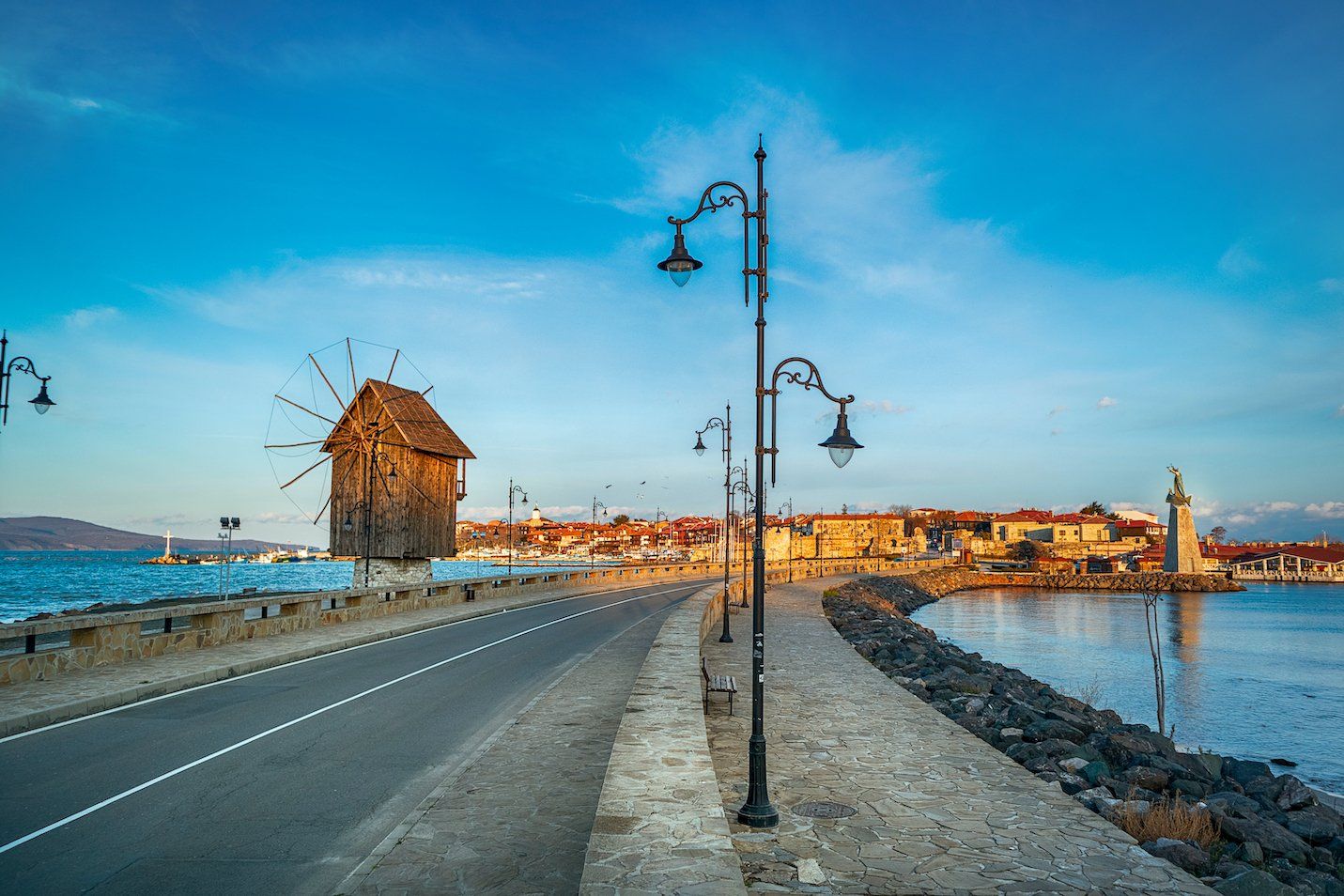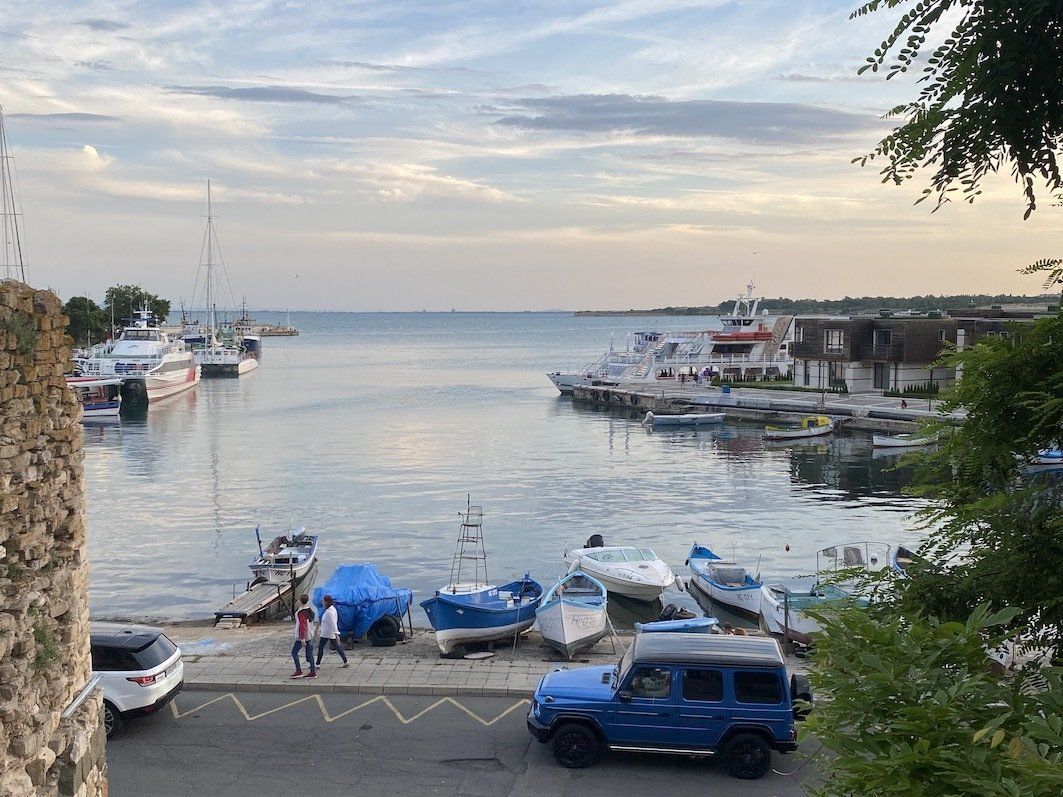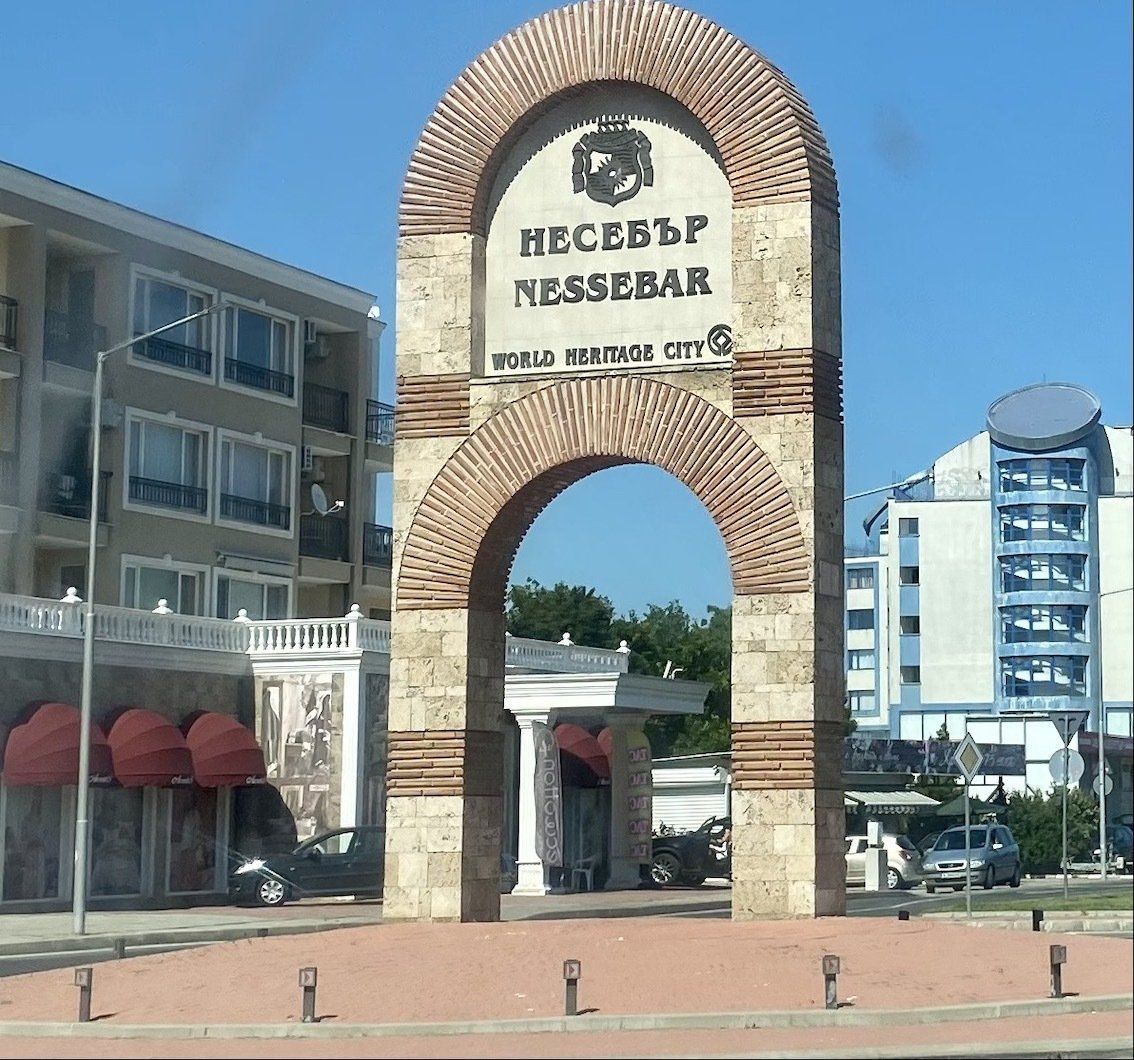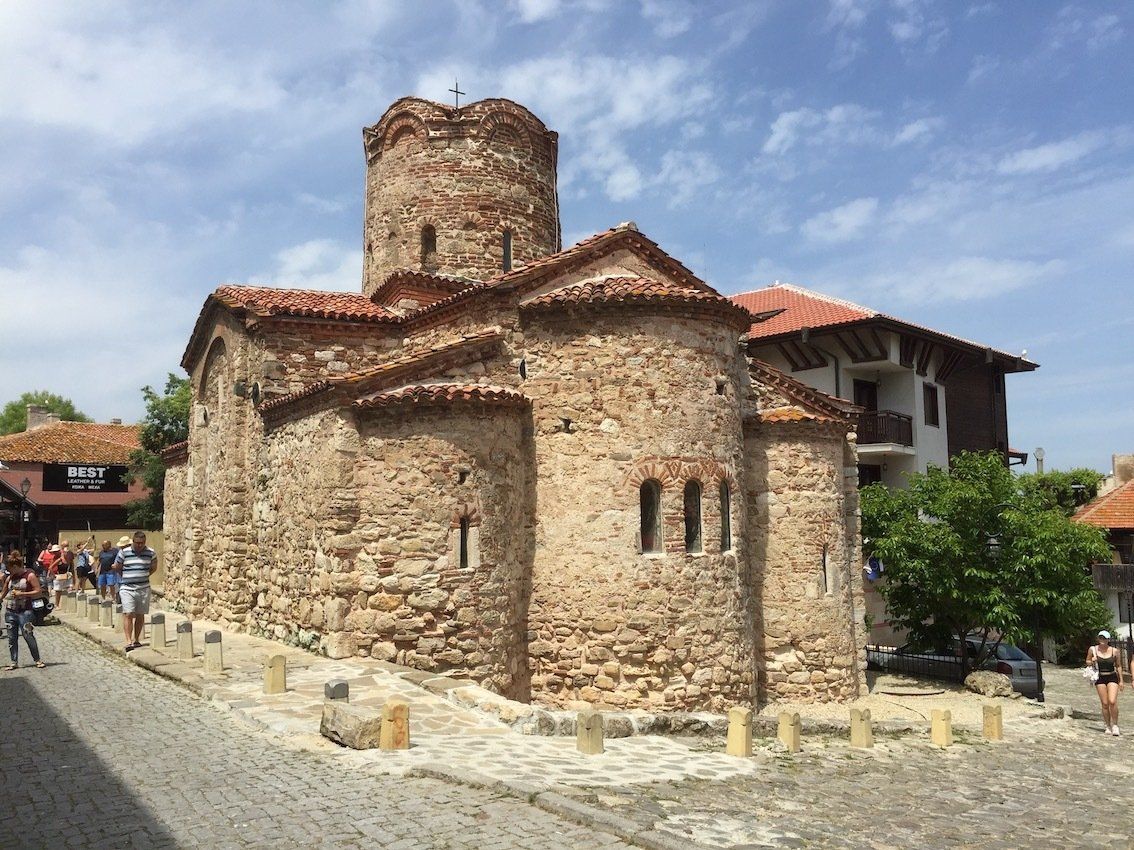Nessebar
Bulgaria, a country many have heard of but by comparison few have visited. This could be about to change having this year been named the cheapest place to take an overseas holiday. So, what has Bulgaria to offer, apart from mountains, valleys, rivers, forests and a magnificent coastline, well, it has history by the bucket load. One particular gem is Old Nessebar, situated 23 miles north of Bourgas on Bulgaria’s Black Sea coast and now a World Heritage site.
Standing out on a peninsular and joined to the mainland by a causeway the old walled city of Nessebar can trace its history back to the 6th Century BC. Known as the ‘Pearl of the Black Sea’ the area boasts beautifully preserved ruins that have stood for several thousand years and survived the occupation of different dynasties. In the beginning it was part of the Thracian Empire coming under the control of Athens in the 6th century BC with the original name of Mesembria, thereafter in the 5th Century BC it established itself as an important stronghold of the Eastern Roman Empire. Control of the city changed many times over the coming centuries hence Nessebar, as it now is, changed from Byzantine to the Bulgars who incorporated it into the lands of the first Bulgarian empire in 812 ruled by Khan Krum. Over the coming years Nessebar changed ‘ownership’ several times with the Ottaman Empire taking control in 1453 until being finally liberated in 1878 and becoming part of the Principality of Bulgaria in 1885. From then on, the town was home to mainly fishermen and wine producers and not until the late 1900’s did Nessebar begin to feature as a holiday resort.
Enter the city where some of the old fortified city walls still stand, often there is a bagpiper, yes, bagpipes known as Gaida, have been traced back to the Thracian tribes of Bulgaria way back in history and are a popular musical instrument throughout eastern Europe.
The old city has undergone huge restoration programmes on the ruins of the many chapels, churches and ancient buildings, the beautiful stone work brought back to life showing original colours and shades. The Church of St Sofia dating back to the 5th Century, the Basilica of the Holy Mother of God dating back to the 6th Century and perhaps the most beautiful of all, the Church of Christ Pantokrator, its garden frontage of bright red and yellow summer flowers making it a stunning setting. Whilst there were many other churches and chapels, it is said there used to be 40, now only about 10 remain as the visitor will discover. Only one is operational, The Church Assumption of the Holy Virgin, its breath taking interior, walls of hand painted murals, chandeliers from which once flicked candles and like so many Eastern Orthodox churches no seats other than for the disabled and less abled. There is also the old Amphi Theatre near to the harbour that is used during the summer months for concerts.
Wooden houses adorning the area built in the 19th century aren’t there for show, they are homes of the residents and form a small In community at the top end of the town. Most are beautifully preserved and many have been or are in the process of being renovated. Here the streets are cobbled as they have been for centuries and care needs to be taken when walking along some of them. It is along these back streets you find women making lace tablecloths and napkins and here there are bargains to be had. They also sell the ‘Bulgarian’ table cloths which are usually red, white or green with other colours embroidered into them.
As you wander the tree covered streets why not relax at one of the open air bars, take in the wonderful serene atmosphere and let the world drift by, in the evening dine at one of the many restaurants. Their menus offer a good variety but most dishes are based on fish or meat. Those restaurants on the south eastern side have views towards Ravda, Pomorie, Bourgas and down towards the Turkish border 75 miles away. Those on the western side make good places to eat in the evening with views across the bay towards Slanchev Bryag and St. Vlas as the sun sets behind the Balkan Mountains at the end of another hot summer day.
One restaurant that has no views but more than makes up for that with its cuisine and serenity is the Castro Mesembria situated opposite Church of Christ Pantokrator. Translated its Castle Mesembria, part of the building is said to be 500 years old and no expense has been spared on restoration. Enjoy dinner whist being serenaded by a violinist, good food, excellent service and being situated in the open its an ideal place to dine during the warm summer evenings. Another is Капитанска Cреща which translates as Captains Meeting, a restaurant serving excellent food whose vine covered terrace affords magnificent views out over the harbour.
During the summer Old Nessebar is visited by people from across the globe. Cruise ships operated by many of the world’s major cruise lines visit, the large white ships making a beautiful site moored in the bay, shimmering in the hot sun as their tender’s ferry passengers to and from the port.
The beaches of soft golden sand are perfect for sunbathing before cooling off or swimming in the warm Black Sea waters. When it comes to shopping you are spoiled for choice, clothing, souvenir, shoe, leather shops are more than enough to satisfy the visitor.
This is an area with a wonderful atmosphere and one I visit on every Bulgarian trip, roll on the next one, I can’t wait.
Alan Fairfax Sept 2022 Click Here to see Alan's bio







